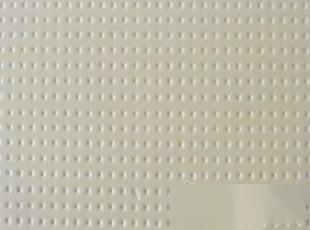Wholesale Price of XPS Foam Board in Xinxiang
XPS foam boards are widely used for roof insulation in buildings, steel structure roofs, wall insulation, floor moisture control, plaza flooring, ground frost heave control, and central air conditioning ventilation ducts. In daily life, what hazards may arise from using inferior foam boards? XPS foam board is a new type of building material widely promoted in China, known for its excellent high strength, compressive resistance, superior thermal insulation properties, lightweight nature, ease of use, water repellency, moisture resistance, environmental friendliness, stability, and good corrosion resistance, making it a commonly promoted new building material in the construction industry. It is widely used for wall and floor insulation. These foam boards, with a thickness of 2 to 10 centimeters, are typically bonded to the substrate on the exterior wall surface with a special adhesive, and then covered seamlessly with a fire-retardant fiberglass mesh and a cement adhesive protective layer to form an external wall insulation system.

1. Many inferior foam boards are made from recycled plastics, which include sources like plastic lunch boxes, cake boxes, TV casings, and foreign waste. The recycling of plastics is beneficial to the environment. However, due to the low level of domestic plastic recycling companies, most of them are still in a small workshop state. They lack the ability to distinguish which plastics are recyclable and which are not. This leads to a large amount of contamination with heavy metals and some PVC. Recycled materials can release a significant amount of unidentified harmful gases at high temperatures in underfloor heating systems, which are not only unpleasant but can also strongly irritate the eyes and respiratory mucosa, causing mild symptoms such as headaches, nausea, and allergies, and severe cases can lead to liver and nervous system damage, posing significant health hazards. 2. The use of inferior foam boards can easily result in ground settlement and cracking. The recycling process requires polyethylene to be melted at high temperatures, which can cause significant molecular chain breakage, resulting in a drastic reduction in the strength of the foam board. Many small factories try to reduce costs by lowering the density of the foam boards, which directly leads to insufficient compressive strength, failing to meet national usage standards. 3. Inferior foam boards have poor thermal insulation effectiveness, losing their fundamental insulating properties. The primary indicator for measuring the insulation effectiveness of insulating materials is thermal conductivity. The lower the thermal conductivity, the better the insulation effect. However, inferior foam boards have low thermal conductivity and poor insulation effectiveness, which not only wastes money but also fails to achieve the desired results.













